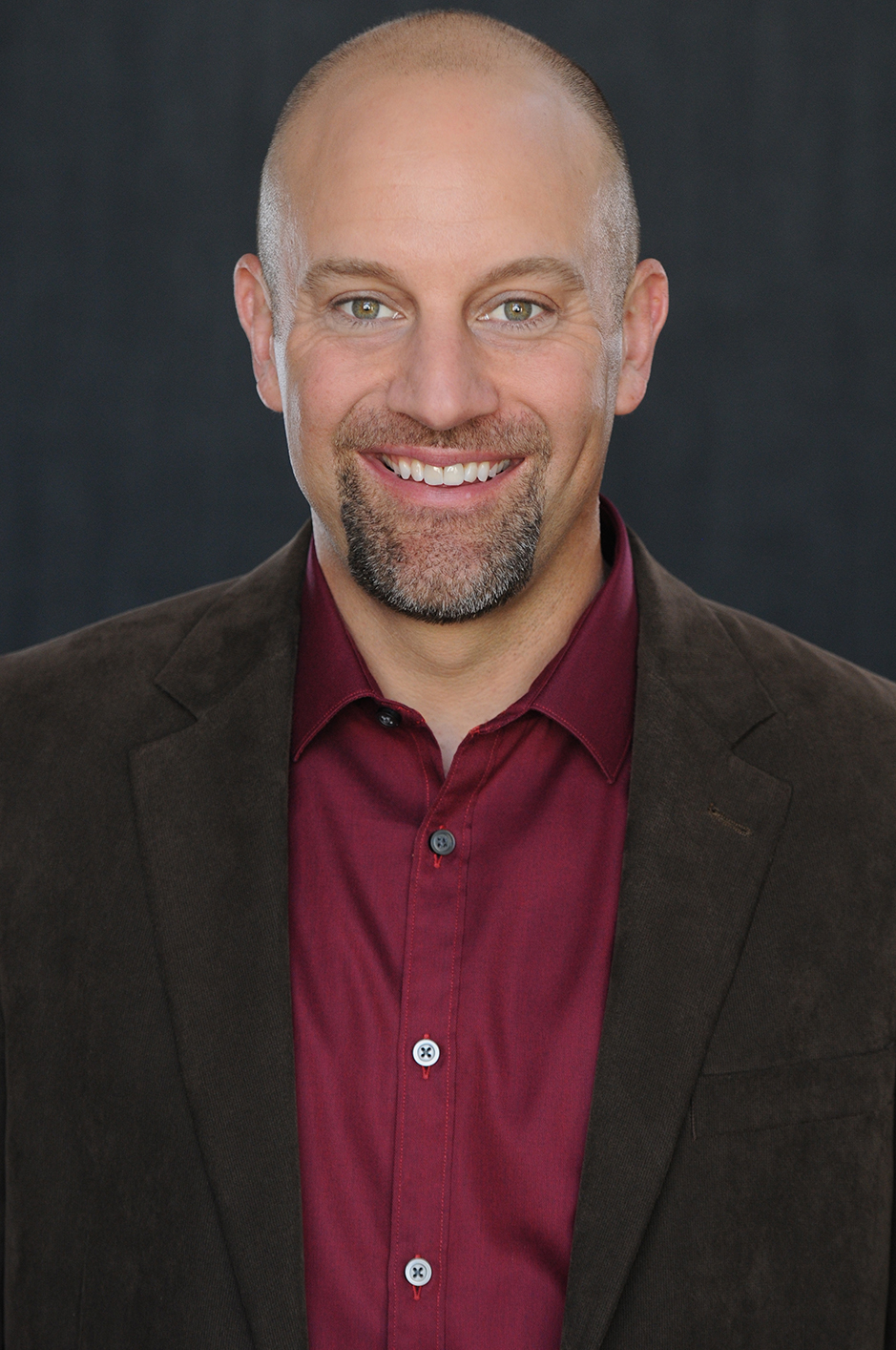Crying is something that many of us have resistance to and judgment about, especially at work. Why is this? A lot of us have been shamed or criticized for crying, or simply coached not to do it. Some of this can be specific to our background, culture, age, industry, position, and other unique factors. And our gender definitely plays a role: Most of us men were taught at a young age that “boys don’t cry.” We were also told to “suck it up” and “be a man.” Such messages—which I myself heard often growing up, especially in sports—can be emotionally damaging.
From a very early age, I was an incredibly sensitive and emotional kid, but from what I could tell, that wasn’t a good thing. I didn’t get much emotional support or encouragement from my friends, teachers, coaches, or even at home. So like most of my male peers, I did what I could to shut off that emotional part of me. For a lot of men, it’s not just crying at work that’s an issue—it’s crying in general. Many of us have trained ourselves not to cry much, if at all, and we worry that if we do, we’ll be seen as weak.
As for women, many I’ve talked to about this issue have told me about receiving clear messages to “keep it together,” especially at work. “There’s no crying in the boardroom” is a saying that many women have quoted to me when talking about this. The feedback they get is that if they allow themselves to be emotional at work, and especially if they cry, they won’t be taken seriously and will be labeled as “too emotional” or “too sensitive,” damaging their professional credibility.
Crying can definitely be awkward, uncomfortable, and vulnerable. But one of the many things tears can do is remind us of our humanness, our connection to one another, and that there are things much bigger than the particular circumstances we’re facing. While some of us cry more easily than others, it’s an involuntary act. We cry for different reasons and from different emotions. Sometimes we shed tears of pain, sorrow, loss, disappointment, sadness, anger, frustration, embarrassment, or grief. Other times tears show up because of love, joy, inspiration, hope, celebration, or kindness.
Regardless of the underlying emotions, and even when the reason for our tears is painful, crying often makes us feel better and is one of our most authentic expressions of emotion as human beings. And it’s a healthy thing for us to do. According to a study by Dr. William H. Frey II, a biochemist at the St. Paul-Ramsey Medical Center in Minnesota, there are both physical and psychological benefits to crying. Tears help release toxins from the body. And according to Dr. Frey’s research, 88.8 percent of people feel better after crying, whereas only 8.4 percent feel worse.
Even though crying is natural and healthy, we still have to grapple with the stigma associated with it, especially at work. I see this a lot in my own work, and I’m often fascinated by how people react when tears show up, which is a fairly regular occurrence when I speak and especially when I’m working with teams.
I delivered a workshop for a leadership team a few years ago and we did an exercise called “If You Really Knew Me,” in which people are encouraged to share about themselves and their feelings in an authentic and vulnerable way. As we went around the table and people opened up, a few of the members of the team were moved to tears. When the exercise was complete, I had them pair up with a partner to talk about their experience. After a few minutes, I asked the group as a whole, “How was that for you?”
A woman named Judy spoke up right away and said, “That was awful!”
“What was so awful about it for you, Judy?” I asked.
“I hate crying at work. I’m too sensitive and I cry easily. I’ve worked really hard to control it, especially in this role and on this team, because I want to be taken seriously. And then you make us do this exercise and I’m a mess,” Judy said.
“Yes, sometimes being emotional and crying can be intense and get a little messy,” I said. “You weren’t the only one who got emotional during the exercise, though. What was it like when other people shared and even cried when they were talking?” I asked.
“I actually liked that,” said Judy. “I appreciated their courage, openness, and could relate to a lot of what they said. I was also happy to know that I wasn’t the only crier on this team.” As she said this, Judy laughed, and so did everyone else around the table. The laughter lightened the mood in the room. I was about to respond to her when Judy got that wide-eyed, lightbulb look on her face, and blurted out, “Oh my gosh! It never occurred to me until just now that when I break down and cry it feels messy and like I’m being weak, but when other people do, it usually seems courageous to me and I appreciate it.”
Judy’s insight that day was profound for her, the team, and for me. She identified an interesting but important paradox about crying and vulnerability in general. When we do it, it often seems like weakness to us. When we see others do it, however, it often seems like courage.
I’ve seen tears (and other expressions of emotion and vulnerability at work) dramatically shift people’s perspectives, change the dynamics of a conflict, and bring teams together. It has a way of breaking down emotional walls and mental barriers we put up within ourselves and toward others. Crying is natural, and a great human equalizer.
No matter who we are, the role we have, or the status of our job or career – we all have things that make us cry. Remembering this and giving ourselves and others permission to cry if necessary, or to express ourselves in other vulnerable ways, allows more emotional space in which to connect with one another as human beings, which is a big part of what bringing our whole selves to work is all about. And, when we feel safe enough to bring all of who we are to our work and those around us feel safe to do this as well, we can thrive individually and collectively.
How do you feel about crying at work? Feel free to leave a thought, question, or comment on my blog.
This is an excerpt from Bring Your Whole Self to Work, by Mike Robbins, with permission. Published by Hay House (May 2018) and available online or in bookstores.


